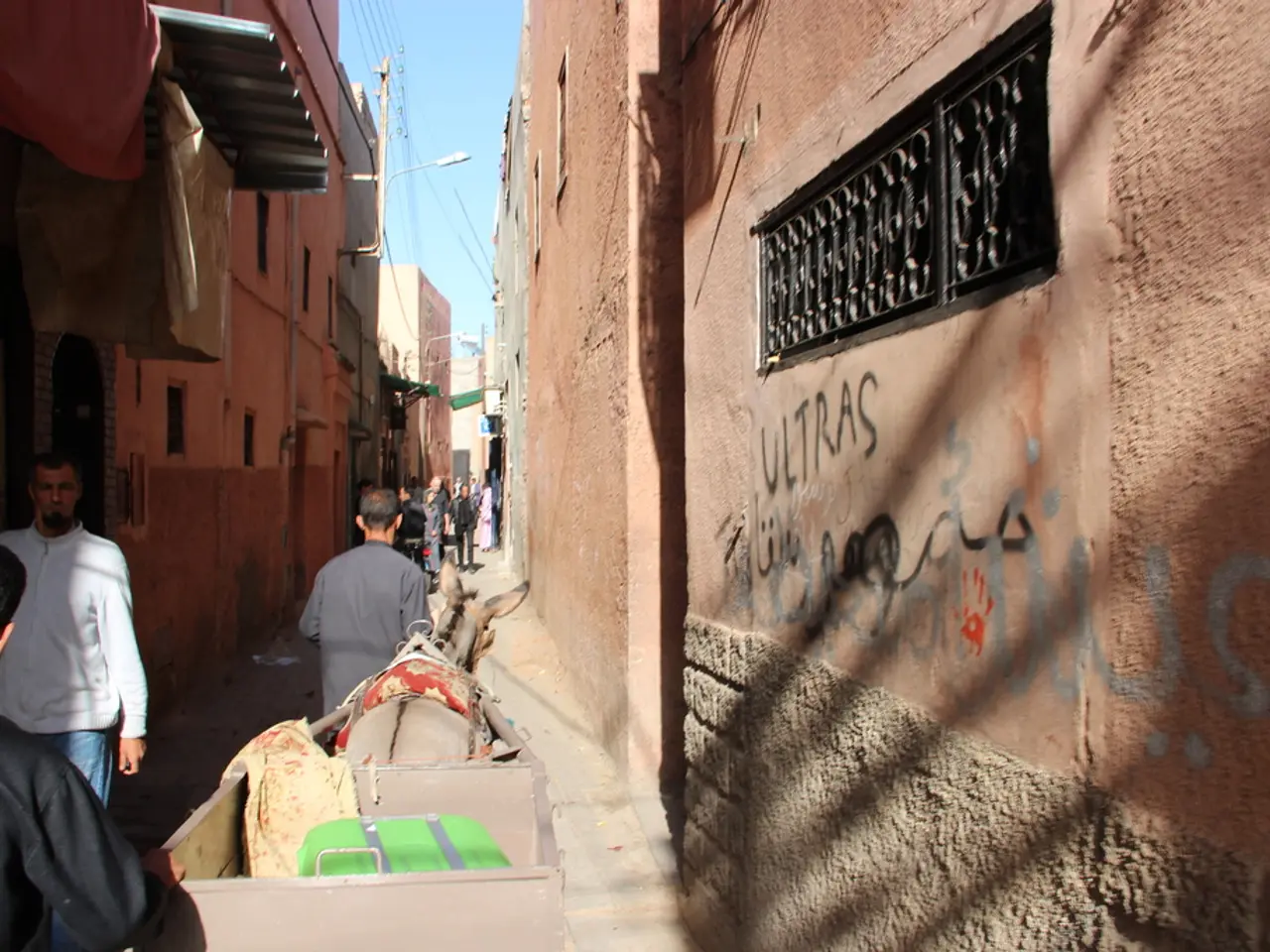Thai authorities establish control over 11 strategic border sections following a truce, yet the situation continues to be volatile.
The ongoing border conflict between Thailand and Cambodia has escalated significantly, with renewed clashes erupting since late July 2025. Despite an "immediate and unconditional ceasefire" declared following talks in Kuala Lumpur on July 28, fighting reportedly continued.
- Ceasefire Violations: The conflict has involved gunfire exchanges, shelling, rocket fire, and Thai airstrikes inside Cambodian territory. The Thai army accused Cambodia of violating the ceasefire with ongoing clashes despite the agreement. Cambodian forces used ancient heritage sites as shields during combat operations, a violation of UNESCO's conventions on cultural protection under international law.
- Civilian Impact and Evacuation Centers: Over 130,000 people were evacuated from conflict zones in Thailand as of late July, marking a major humanitarian challenge. By early August, more than 300,000 civilians had been displaced overall, with civilian areas including hospitals in Thailand and a school in Cambodia hit during the fighting.
- Recent Timeline and Background: The violence escalated sharply after a Thai patrol triggered a landmine on July 23, injuring five Thai soldiers, which Thailand attributed to Cambodian newly laid mines. This incident led to diplomatic downgrading and ambassador recalls. Fighting then expanded across multiple border locations including near the Temple of Ta Muen Thom, with artillery and air strikes intensifying.
- Political and Diplomatic Context: The conflict is deeply rooted in longstanding territorial disputes around the Preah Vihear Temple and complex nationalist politics. Political rivalries, particularly involving families of Thai political figures and Cambodian leadership, have fueled tensions. Regional diplomacy has involved ASEAN calls for ceasefire, an emergency UN Security Council meeting on July 25, and planned peace talks attended by both countries later in July.
In the aftermath, Thailand has secured control over 11 strategic border areas. The ceasefire, which took effect at midnight, was observed strictly by the Thai side. However, a total of 15 civilians have been confirmed dead, with 53 others injured.
Efforts by ASEAN and the UN seek to contain the violence and advance diplomatic resolution amid deep historical grievances and political complexities. The situation remains volatile, with both sides showing no signs of backing down.
- The escalating border conflict between Thailand and Cambodia, despite an agreed ceasefire, has resulted in civilian casualties and injuries, with 15 deaths and 53 injuries confirmed so far.
- Amid the volatile situation, regional bodies like ASEAN and the UN are working towards containing the violence and facilitating a diplomatic resolution, given the deep historical grievances and political complexities that underlie the conflict.
- Beyond the military clashes, the ongoing border conflict between Thailand and Cambodia has also impacted the region's economic stability, as businesses fear the escalation could disrupt cross-border trade and investment, and international health efforts, as over 300,000 civilians have been displaced, creating a major humanitarian challenge.







